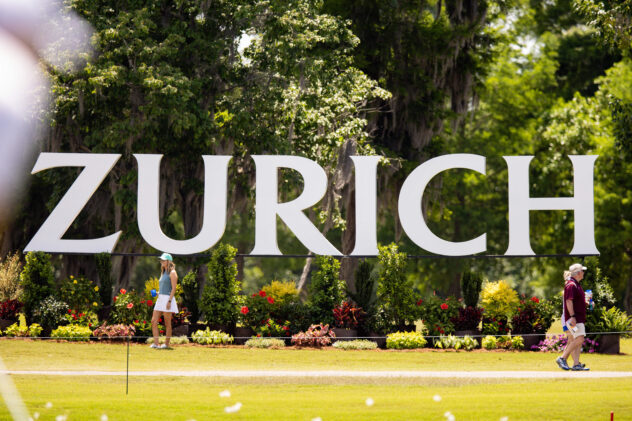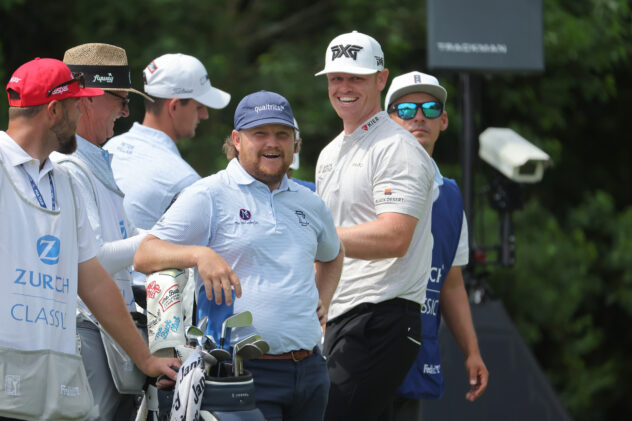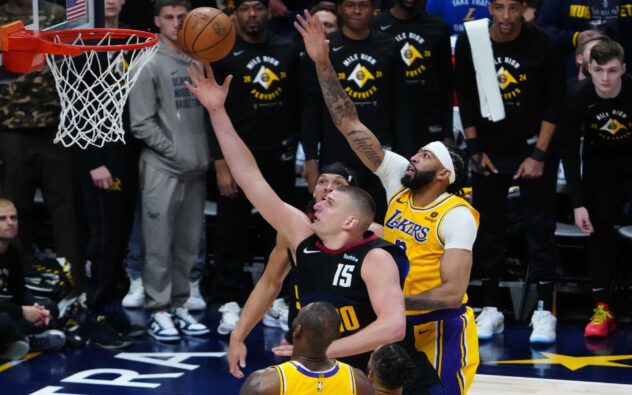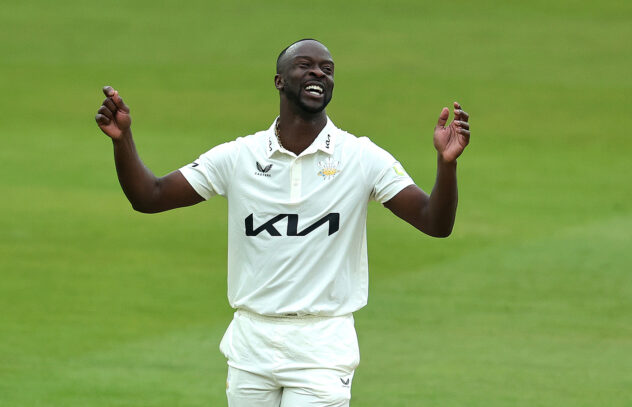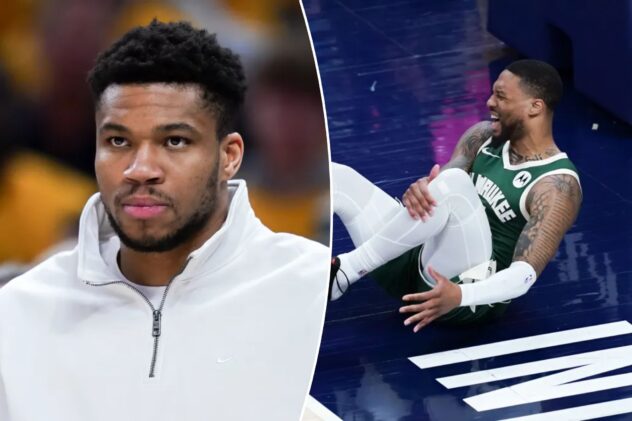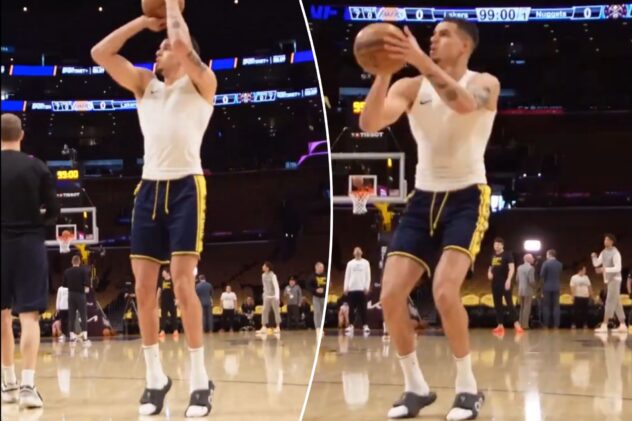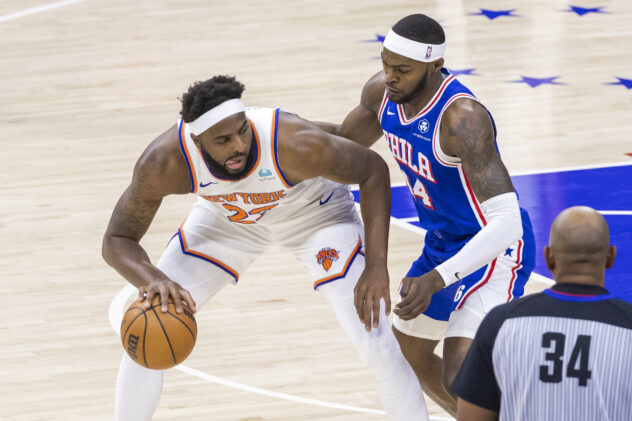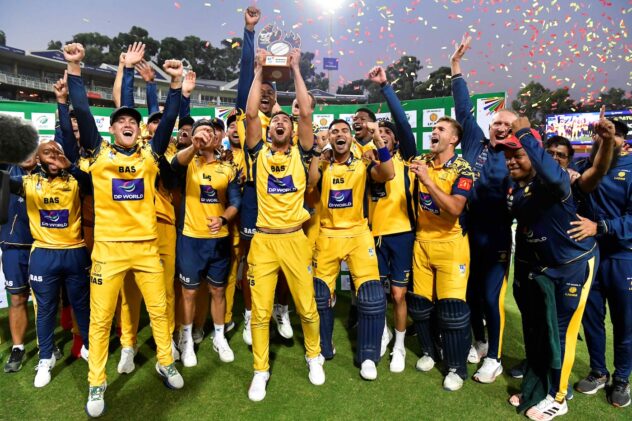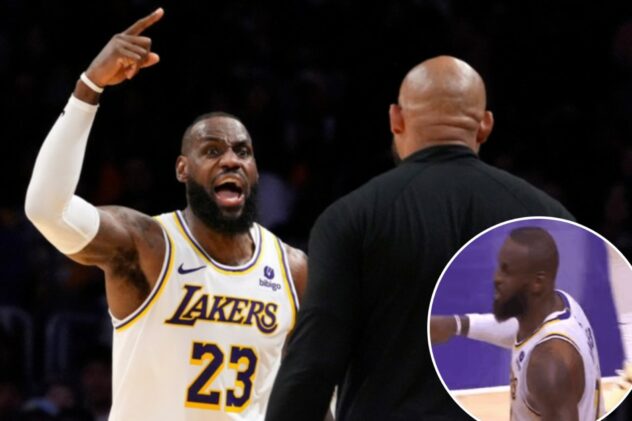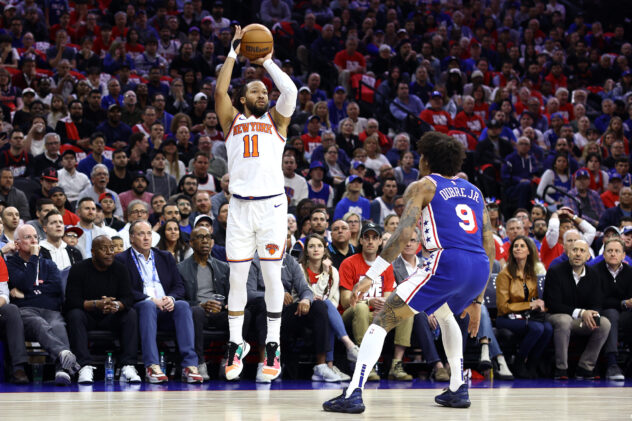
If you’re confused by the current state of the PGA Tour’s negotiations with Saudi Arabia’s Public Investment Fund and reports that other investment opportunities from U.S.-based interests have emerged, you’re not alone.
Imagine being one of the 500 or so members of the PGA Tour with some level of status and a whole lot of uncertainty. That’s where former PGA Tour pro Joe Ogilvie has stepped in to explain the current state of play in a way that is easy to understand. Ogilvie, who played on the PGA Tour from 1999-2014 and now manages money for Wallace Capital Management, sent an open letter to membership of the Tour dated Oct. 24, that Golfweek obtained. Ogilvie, who formerly served as a player director on the Tour’s policy board and earned the nickname “The Lil Commish” during his playing days for his knowledge of the Tour’s inner workings and expressed desire to someday follow in the footsteps of Deane Beman from player to running the business, has long been considered one of the smartest voices in the game and remains tapped into Tour happenings.
In a letter that stretched onto three pages, Ogilvie asserts that “there has never been a better time to be a PGA Tour member” but there are critical decisions to be made and he highlights both the pros and cons to be considered.
Adding a partner may or may not be necessary, Ogilvie points out, but he wants the membership to understand what that means and the unique position they are in.
“If we sell a part of our Tour, we are taking on a close partner. It’s not dissimilar to getting married,” Ogilvie writes. “Once consummated, the decision-making by law will require that the best interests of all parties be considered, including your new spouse. We can’t take their money and check in with them on occasion, they’re in bed with us. They will be part of our Tour, for better or for worse. We must understand the detailed motivations of any new investor and how they will participate in the functioning of the board.”
Ogilvie doesn’t suggest what he believes the best course of action for the Tour is other than to advise the players that addressing governance on the front end is important, and reminding the players that it is their tour. While they don’t own it, if they were to adopt a “for profit” model, they must ensure they remain in control.
“The players must continue to hold governance control of the new for-profit entity and the original not-for-profit entity,” he writes. “Any new seats assumed by an investor must maintain the player’s relative control position on the board.”
Here’s a copy of the full open letter to the membership.
October 24, 2023
Open letter to the membership of the PGA Tour,
From 1999-2014 I was lucky enough to be in your shoes. It was an incredible time to be on Tour. Tiger Woods put the golf world on his shoulders, and everyone involved in the game rode the wave. During that time, the PGA Tour established itself as a tour with no equals. We played in the largest economy in the world; 90% of the tournaments were located within three time zones, perfect courses, a rabid fan base, and the world’s most famous athlete (not named Michael Jordan) played on the PGA Tour. It wasn’t a fair fight.
Most of those conditions remain today. The US is the largest economy in the world, the PGA Tour plays 90% of its tournaments within three time zones, the courses are the best conditioned globally, the fans are incredible, and instead of one giant needle mover (Tiger), we have the youngest, deepest collection of stars in the history of the PGA Tour.
Just as important, in the age of streaming, sports became the only product you have to watch live. The value of sports on TV and digital rights exploded just when the PGA Tour’s previous TV contract (which was awful) expired. The new TV deal started in 2022, the same year Saudi Arabia’s Public Investment Fund (PIF) put $2B into professional golf and created LIV Golf. Tiger Woods created a financial wave for my generation. The lalapalooza effect of new competition coupled with skyrocketing values of sports rights has created a financial tsunami for yours.
And this tsunami is why the opportunity to invest in your Tour has generated so much interest. Whether it’s the Saudi PIF framework agreement or other private equity proposals, they all share something in common. The PGA Tour will be split into two entities: a new for-profit, PGA Tour Enterprises, and a not-for-profit entity, the existing PGA Tour, Inc.
The current PGA Tour is organized as a 501(c)6, and as a tax-exempt entity, by law there can be no owners. Each one of you is a member of a sports league that exists to promote professional golf, financially support the staging of its tournaments, invest in the PGA Tour organization and all the ancillary products therein (Shotlink, PGATour.com, the TPC Network, The Players, President’s Cup, etc.). It’s confusing, but we are the sole members of a not-for-profit entity, that owns a collection of assets worth billions of dollars.
How could a 501c6 be worth billions? Let’s take the old Honda Classic as an illustration of potential asset value. If this tournament were franchised (like in the NFL, MLB and the NBA), allowing someone to “own” the only PGA Tour event held in the Palm Beaches, the franchise value would be north of $100MM without breaking a sweat. Now think about the worth of The Players or President’s Cup, it is not a stretch to value each in excess of $1.5B. More than sports-washing, this unique circumstance is why the Saudi PIF and many outside investors are excited to invest in your Tour.
The Saudi PIF and the other outside investors predominantly operate in the arena of “Private Equity,” often referred to as PE. These are large, well-capitalized companies employing many brilliant, ambitious people. PEs invest intending to earn outsized returns for their investors, which will lead to enormous pay packages for themselves at exit (the Saudi PIF has other reasons, but despite the rhetoric you hear about unlimited money, they demand a return on their capital).
As a rule, if a PE firm were to invest $1B into a newly formed PGA Tour Enterprises, in 5 or 6 years, they would expect that $1B investment to be worth at least $2B. That $1B increase in value might be earned by cutting unprofitable parts of the business, selling off or divesting assets, driving the organization to run leaner and more efficiently, and wisely using debt. They also look for opportunities to invest and capture more revenue. In the PGA Tour’s case, that could be through an increase in ticket prices, the creation of premium experiences, different tournament venues/cities, and better economics from activities like the Ryder Cup (the Europeans demanded and received ownership around 1987, without paying a dime). These opportunities are initiated through the PEs participation on the board of directors. Make no mistake, any investment by PE will be accompanied by a demand for seats on the entity’s board of directors: that’s commonly referred to as governance rights.
This is a critical point for every Tour member to understand. If we sell a part of our Tour, we are taking on a close partner. It’s not dissimilar to getting married. Once consummated, the decision-making by law will require that the best interests of all parties be considered, including your new spouse. We can’t take their money and check in with them on occasion, they’re in bed with us. They will be part of our Tour, for better or for worse. We must understand the detailed motivations of any new investor and how they will participate in the functioning of the board.
Therefore, as we consider taking on a financial partner for the Tour, it is important we first achieve the following key objectives and consider our unique position: Before any deal is consummated, it is imperative to codify in the PGA Tour bylaws: The policy board of the PGA Tour will be made up of a majority of player directors, with identical voting rights as the independent directors. The framework agreement was the most important decision since Arnold Palmer and Jack Nicklaus created the modern PGA Tour and was made without a single PGA Tour player’s input, including those players representing you on the PGA Tour policy board.
The players must continue to hold governance control of the new for-profit entity and the original not-for-profit entity. Any new seats assumed by an investor must maintain the player’s relative control position on the board.
As the sole members of a 501c6, the assets of the PGA Tour are unencumbered by legacy ownership. This is important to remember and understand. MLB and NFL established team ownership long before they gave up their 501c6 status, we have a clean slate.
The interests of any new investor must be aligned as much as possible with those of the players, elevating and enhancing the stage where the best professional golfers in the world showcase their craft. Improvement in that stage through our venues, investment in the digital product, and TV production will improve the fan experience, which will lead to continued advances in purses.
Lastly, culture and values matter in a partner. Golf is a unique game with traditions built over centuries; we want a partner that thinks and invests in decades rather than years.
There has never been a better time to be a PGA Tour member; getting the governance right today will ensure the stars of tomorrow will feel the same way. Earning the right to call yourself a PGA Tour member is an incredible accomplishment and something that only about .0003% of the world’s golfers have earned, I wish you all the best for the rest of the fall and much success in the 2024 season.
My best,
Joe Ogilvie

